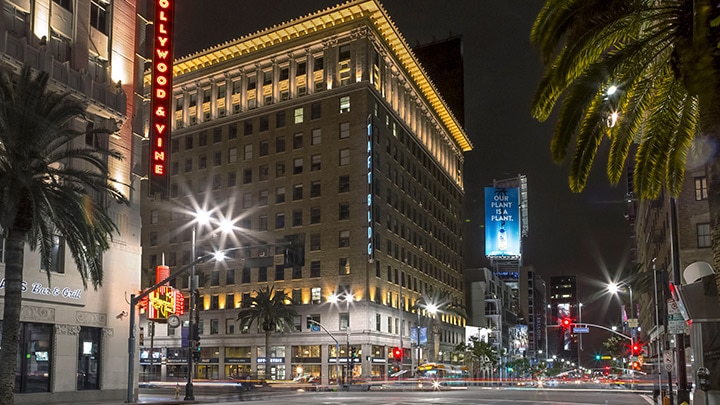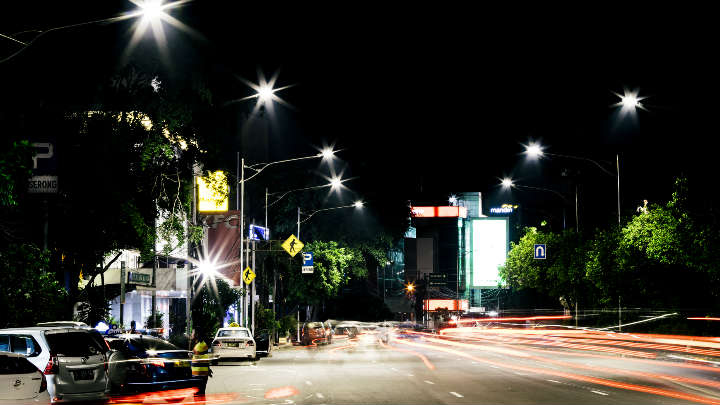
How important is street lighting for a city?
Robust citizen engagement is critical for a city to serve its residents. In many cities, unbalanced, inconsistent street and neighborhood lighting is the result of a piecemeal infrastructure development plan that is created as the city grows. Lack of effective lighting can suppress the ability for neighbors to engage with each other, shop more securely and spend time at local parks and community venues.
In a study by Signify and the World Council on City Data, its noted that delivering the right street lighting levels when and where needed will reduce traffic accidents and crime. Illuminating city buildings, monuments and bridges can create new iconic destinations, foster community identity and pride, and drive the local economy. Together these developments can reduce the potential for negative activity and encourage neighbors to congregate and feel more secure in their home and on their streets.

As cited in a 2018 report from the Population Division of the UN Department of Economic and Social Affairs (UN DESA), the world’s urban population is expected to double by 2050. Addressing this global megatrend and challenges inherent in that growth trajectory, the Signify Interact City portfolio of products and services has been designed to help create more equitable and sustainable cities while saving over 80% in lighting energy costs through deployment of connected LED technologies. These savings can be invested into green funds which, in turn can support community development initiatives and quality of life improvements in underserved areas.
In a recent report from Guidehouse Insights (formerly Navigant Research), Signify was rated for the third year in a row as the global leader in both strategy and execution of smart street lighting enablement. Guidehouse Insights defines smart street lighting as the use of advanced technologies improving operational and management efficiencies with a connected, smart city strategy.
As urban environments grow, change, and seek to better serve their residents, establishing the base of a smart city infrastructure through connected street lighting is a logical first step. Enhancement of owned or leased existing infrastructure is often a simple implementation and can allow for rapid improvements in sustainability and neighborhood equity.


November 14, 2023
How lighting technology can help reduce risks to migrating birds